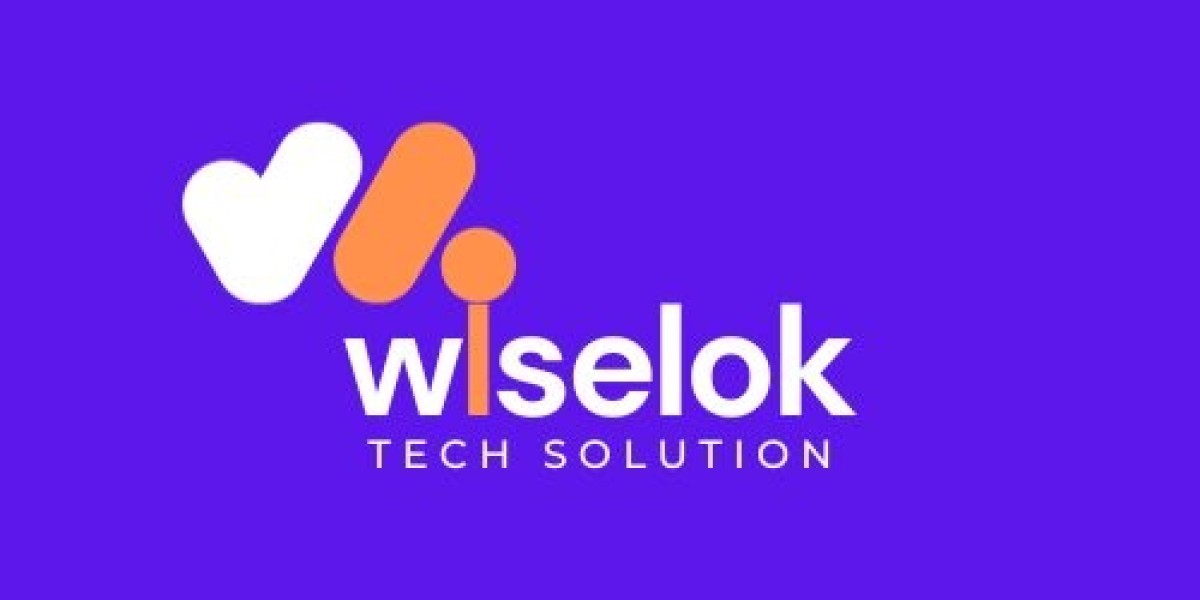High Bandwidth Memory (HBM) Market: Trends, Challenges, and Opportunities
In the realm of high-performance computing and graphics processing, High Bandwidth Memory (HBM) has emerged as a game-changer, revolutionizing memory architecture to meet the demands of data-intensive applications. From advanced graphics cards to high-speed networking equipment, the adoption of HBM continues to accelerate, driving the growth of the High Bandwidth Memory Market. This article provides an in-depth analysis of the trends, challenges, and opportunities shaping the HBM market landscape.
Understanding High Bandwidth Memory (HBM):
High Bandwidth Memory (HBM) is an advanced type of stacked memory technology designed to deliver significantly higher bandwidth and lower power consumption compared to traditional memory architectures. HBM modules consist of multiple DRAM dies stacked vertically on top of each other, interconnected by through-silicon vias (TSVs), allowing for ultra-wide data paths and reduced latency.
Market Dynamics:
The HBM market is experiencing rapid growth, propelled by several key factors:
- Rise in Data-Centric Applications: The proliferation of data-centric applications such as artificial intelligence (AI), machine learning (ML), high-performance computing (HPC), and real-time analytics has fueled the demand for memory solutions capable of delivering high bandwidth and low latency, making HBM an ideal choice for these workloads.
- Growth in Graphics and Gaming: The gaming industry's quest for more immersive and realistic graphics, coupled with the increasing adoption of virtual reality (VR) and augmented reality (AR) technologies, has driven the demand for high-performance graphics cards equipped with HBM, offering gamers unparalleled visual experiences.
- Expansion of Data Centers: Data center operators are continually seeking ways to improve processing speeds, reduce power consumption, and enhance overall efficiency to handle the exponential growth of data. HBM-based memory solutions address these requirements by providing high bandwidth and energy-efficient memory access, making them well-suited for data center applications.
- Advancements in Semiconductor Technology: Ongoing advancements in semiconductor manufacturing processes, including the development of smaller process nodes and 3D integration techniques, have enabled the production of higher-capacity and higher-speed HBM modules, further driving market growth.
Market Trends:
Several trends are reshaping the HBM market landscape:
- Increased Stack Height: Manufacturers are increasingly exploring higher stack heights for HBM modules, allowing for greater memory capacity and bandwidth, thereby catering to the needs of applications requiring massive data throughput and processing power.
- Integration with System-on-Chip (SoC) Designs: Integration of HBM directly into SoC designs enables tighter coupling between processing units and memory, reducing latency and power consumption, while also offering a more compact footprint for space-constrained applications.
- Transition to Advanced Packaging Technologies: The adoption of advanced packaging technologies such as 2.5D and 3D packaging facilitates the integration of HBM with processors, GPUs, and other components, enabling more efficient thermal management and enhanced system performance.
- Focus on Power Efficiency: With energy efficiency becoming a critical consideration across various applications, there is a growing emphasis on optimizing power consumption in HBM designs through voltage scaling, adaptive refresh rates, and advanced power management techniques.
Market Challenges:
Despite the promising growth prospects, the HBM market faces certain challenges:
- Cost Considerations: The high cost associated with the manufacturing and assembly of HBM modules, including the complex stacking and interconnect technologies involved, poses challenges for widespread adoption, particularly in cost-sensitive markets.
- Interoperability and Standards: Interoperability issues and the lack of industry-wide standards for HBM integration and interface protocols may hinder compatibility and interoperability between different HBM-enabled devices and systems.
- Supply Chain Constraints: Global supply chain disruptions, including shortages of key raw materials and semiconductor components, can impact the availability and pricing of HBM modules, leading to supply constraints and increased lead times.
- Heat Dissipation Challenges: The high power densities associated with HBM modules can pose challenges for thermal management, requiring innovative cooling solutions to dissipate heat effectively and maintain optimal operating temperatures.
Future Outlook:
The future of the HBM market looks promising, driven by the increasing demand for high-performance memory solutions across diverse applications. Key areas of focus for market players include:
- Technological Advancements: Continued innovation in HBM architecture, materials, and manufacturing processes will drive performance improvements, cost reductions, and enhanced energy efficiency, expanding the market reach of HBM across various applications.
- Standardization Efforts: Collaborative efforts among industry stakeholders to establish interoperability standards and interface protocols for HBM integration will foster greater compatibility, simplifying system design and integration while promoting market growth.
- Application Diversification: The proliferation of HBM across a wide range of applications, including data centers, AI/ML accelerators, automotive electronics, and consumer devices, will open up new avenues for market expansion and diversification.
- Sustainable Practices: Embracing sustainable practices in HBM manufacturing, including the use of eco-friendly materials, energy-efficient processes, and recycling initiatives, will support environmental stewardship and align with corporate sustainability goals.







